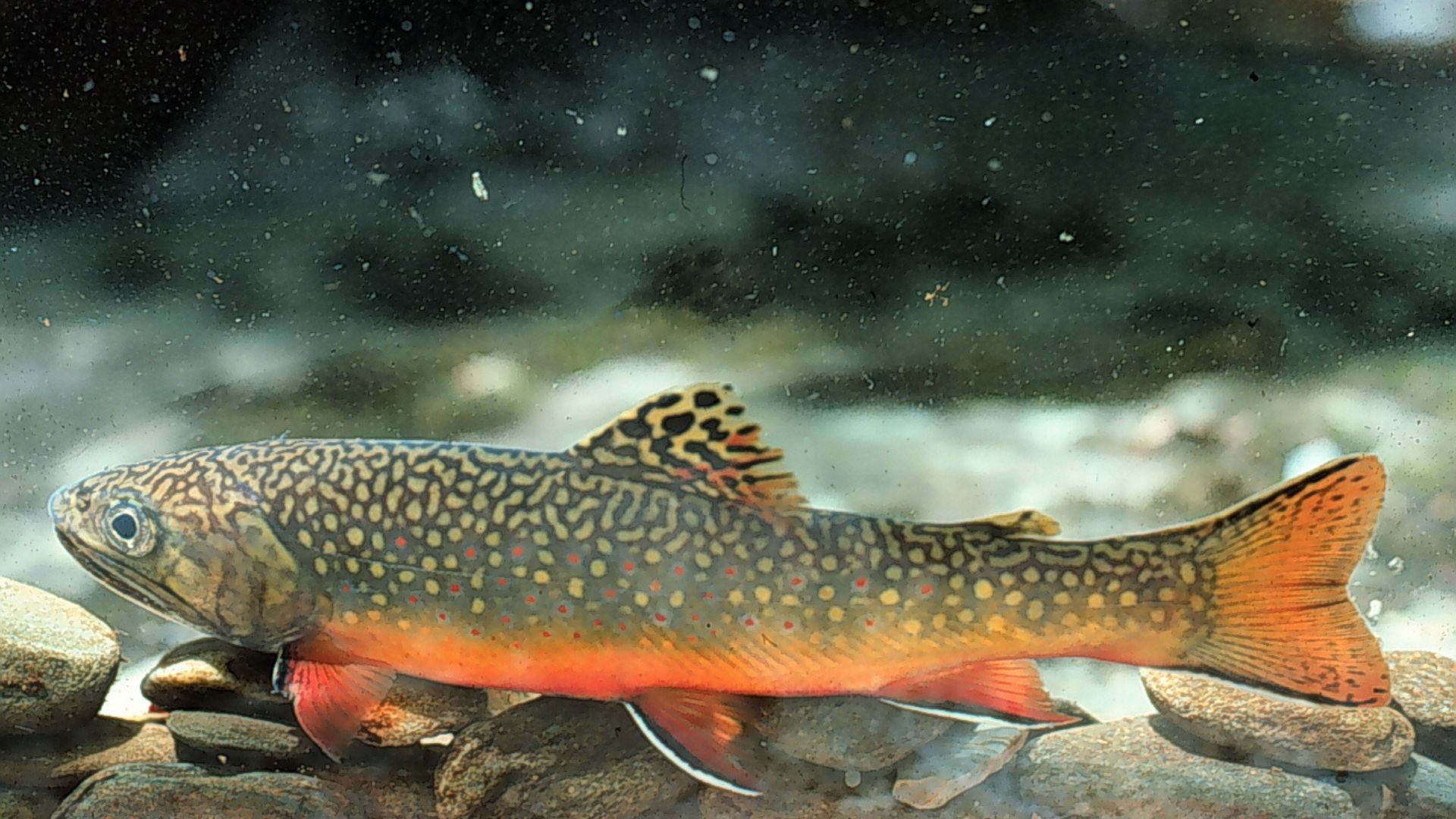When the water in Northeastern streams gets too warm, brook trout can become stressed.
After an extreme fire tears through Western rangelands, invasive cheatgrass can take hold, and sage grouse can struggle to find suitable habitat.
As the climate warms, many ecosystems are changing, and plant and animal species are at risk.
“Managers are feeling overwhelmed and at times hopeless about all the change that is happening and how we just don’t have enough resources to deal with all of this change,” says Toni Lyn Morelli of the U.S. Geological Survey’s Northeast Climate Adaptation Science Center.
She’s part of a group called the Refugia Research Coalition that’s helping natural resource managers across North America focus their efforts.
The researchers are identifying places that are more buffered from the effects of global warming than surrounding areas. Called climate change refugia, these specific sites can be prioritized for conservation or management.
“So it could be protection from development,” Morelli says. “It could be treating invasive species.”
So climate change refugia can provide havens for vulnerable species as the climate warms.
Reporting credit: ChavoBart Digital Media
Source link


